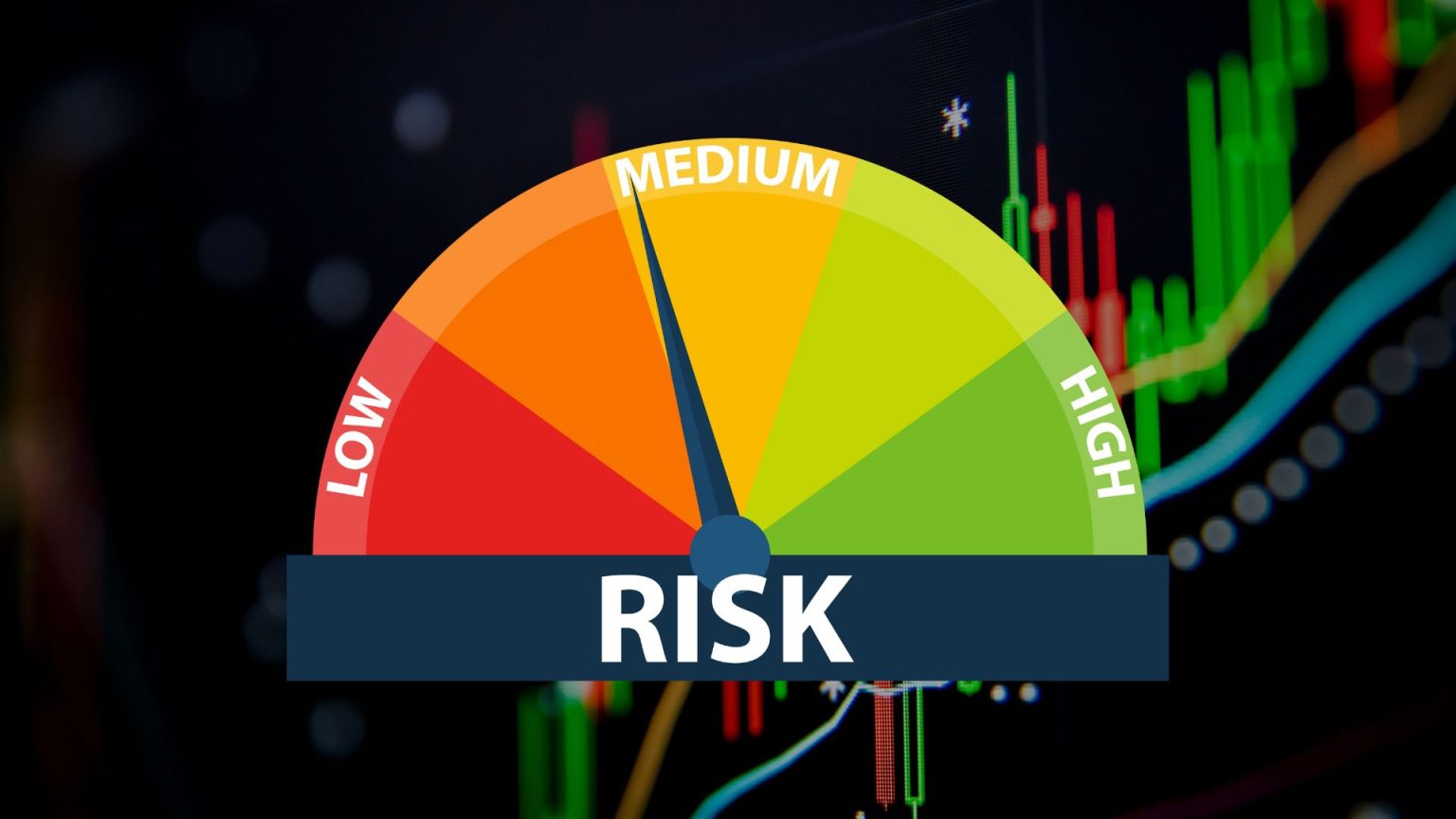Crypto can make you rich, or wreck you, depending on how well you manage risk. With the market moving 24/7 and extreme volatility baked into its DNA, proper risk management isn’t optional… it’s survival.
Whether you’re new to trading or still licking wounds from that last liquidation, this blog will give you a framework to protect your capital, stay in the game, and trade smarter.
💥 Why Risk Management Matters in Crypto
Crypto trading offers explosive upside, but the same volatility that creates big winners can crush overleveraged, unprepared traders. The difference between gamblers and professionals? Risk management.
No matter how confident you are in a setup, you should never risk everything on one trade. Risk management turns uncertainty into strategy.
✅ 1. Only Risk What You Can Afford to Lose
This isn’t just a cliché, it’s a commandment. If a trade going against you would affect your ability to pay rent or sleep at night, you’ve overexposed yourself.
Golden rule:
Only risk 1-2% of your total portfolio per trade. That way, even a streak of losses won’t wipe you out.
🧯 2. Always Use Stop-Loss Orders
A stop-loss is your safety net. It gets you out of a losing trade automatically before the damage gets worse.
- Hard stop-loss: Set a fixed exit point below your entry.
- Trailing stop-loss: Moves with the market to lock in profit while protecting the downside.
Bonus Tip:
Use logical stop levels + support/resistance zones or invalidation points, not arbitrary % levels.
🔁 3. Diversify Across Assets and Timeframes
Don’t go all in on one altcoin because of a YouTube hype video. Diversification reduces the impact of one bad trade or market shock.
- Asset diversification: Hold a mix of BTC, ETH, altcoins, and stablecoins.
- Strategy diversification: Swing trade, scalp, and DCA simultaneously with clear boundaries.
- Timeframe diversification: Zoom out—daily or weekly charts offer stronger signals than the 1-minute chart madness.
🧠 4. Understand Leverage Before You Use It
Leverage is a double-edged sword. It can magnify gains and losses. Most new traders blow their accounts not because they’re wrong, but because they’re over-leveraged.
Start low (1x-3x) and never risk your entire margin. Know your liquidation price before entering the trade.
📊 5. Stay Informed With Real-Time Data
Reacting late to news, macro trends, or regulatory changes can be costly. Set up tools and dashboards that give you a full view of:
- Fear & Greed Index
- Volume heatmaps
- Bitcoin dominance trends
- Fed announcements & CPI reports
- Exchange inflows/outflows
⚡ Pro Tool:
The EPIQ Trading Floor Macro Dashboard tracks everything in one place with real-time alerts.
🧾 6. Create (and Stick to) a Trading Plan
Trading without a plan is like skydiving without a parachute. Your plan should include:
- Entry & exit rules
- Stop-loss % or invalidation zones
- Profit targets
- Maximum drawdown limits
- Daily trade caps
Discipline > Emotion. The best traders are consistent, not impulsive.
🚨 7. Don’t Let Emotions Drive Trades
Fear of missing out (FOMO) and fear, uncertainty, and doubt (FUD) are killers. If you find yourself chasing green candles or panic selling red ones, step away.
Pro tip:
Set alerts, not feelings. Let data guide your trades, not TikTok trends.
⚙️ Final Thoughts: Risk ≠ Evil, It’s a Tool
Risk isn’t the enemy, it’s part of the game. But unmanaged risk? That’s gambling. By taking risk management seriously, you’ll stay in the game longer and make smarter decisions, even in the most volatile conditions.
🔥 Want to Learn How Pros Manage Risk in Real Time?
Join the EPIQ Trading Floor, the first social platform built for traders. Inside, you’ll get:
✅ Live market dashboards
✅ Real-time trade alerts
✅ 85% win rate strategy sessions
✅ Free trading academy (first section is free!)
✅ Member livestreams and mentorship
Start your 3-day free trial now… no credit card required.
⚠️ Disclaimer
This blog is for educational purposes only and does not constitute financial advice. Always do your own research and never invest more than you can afford to lose.










Responses